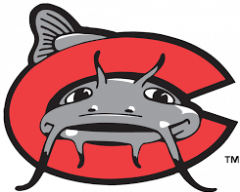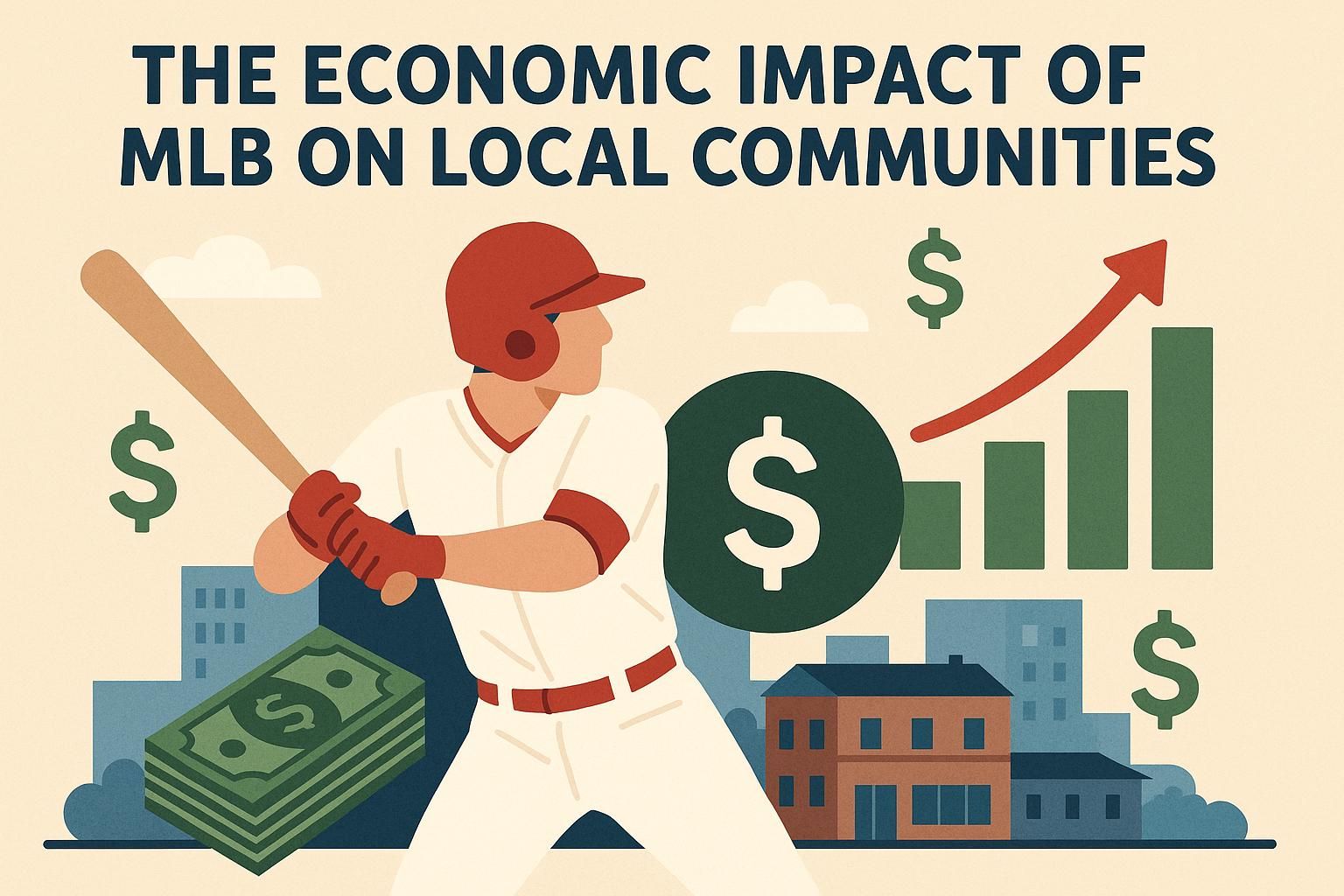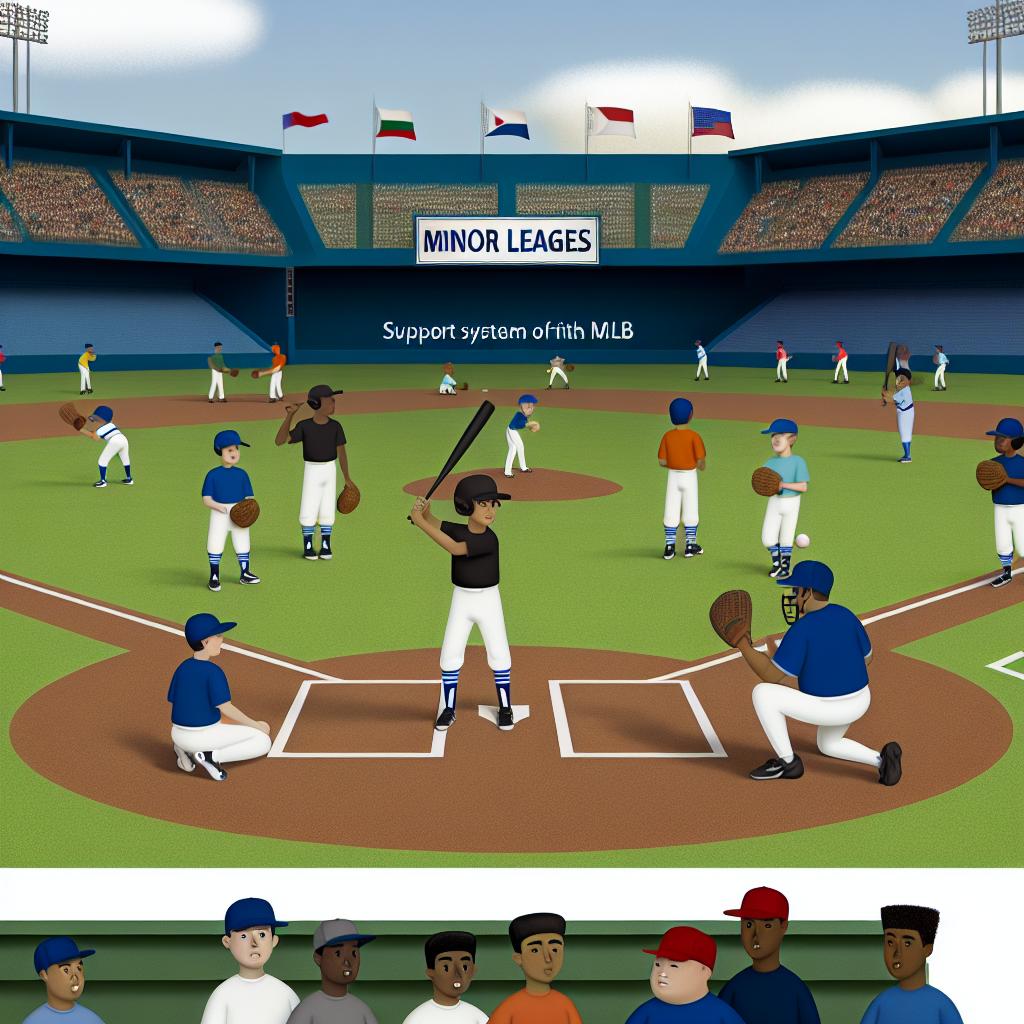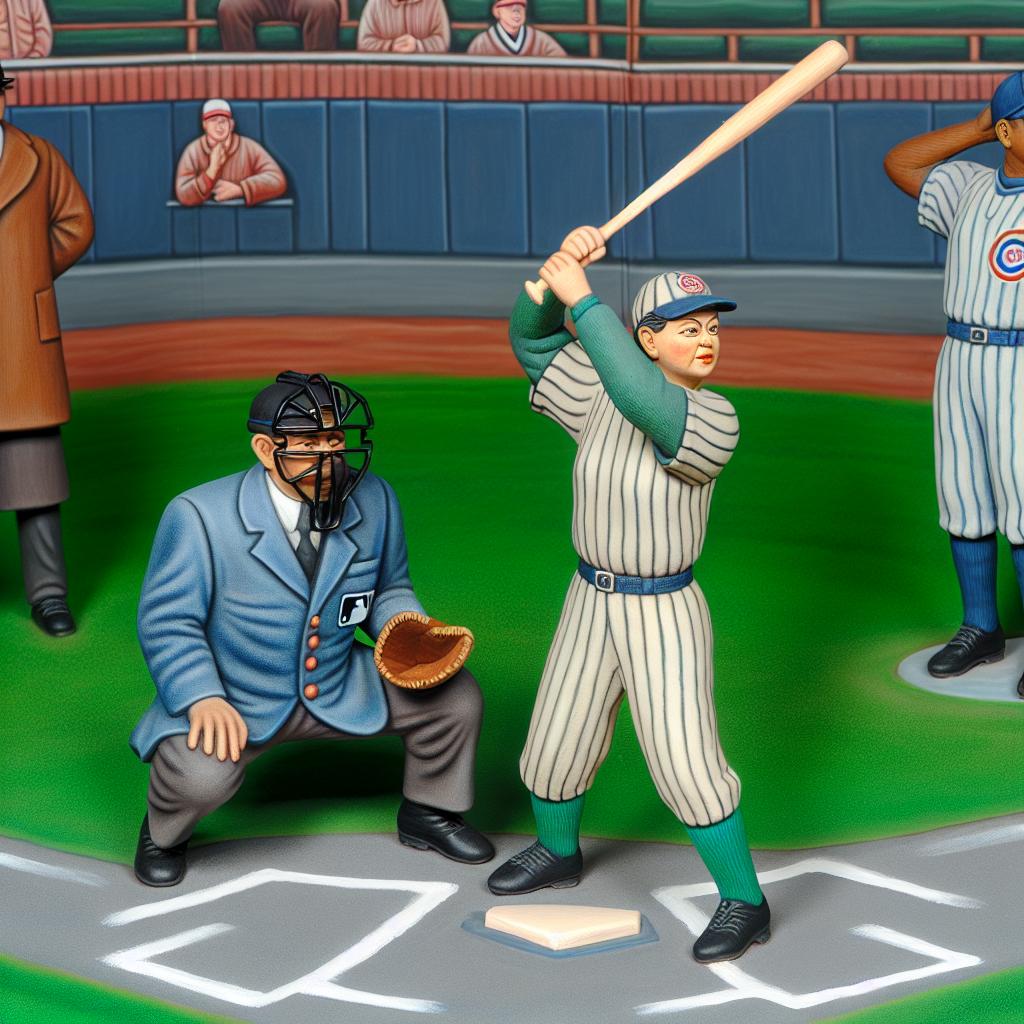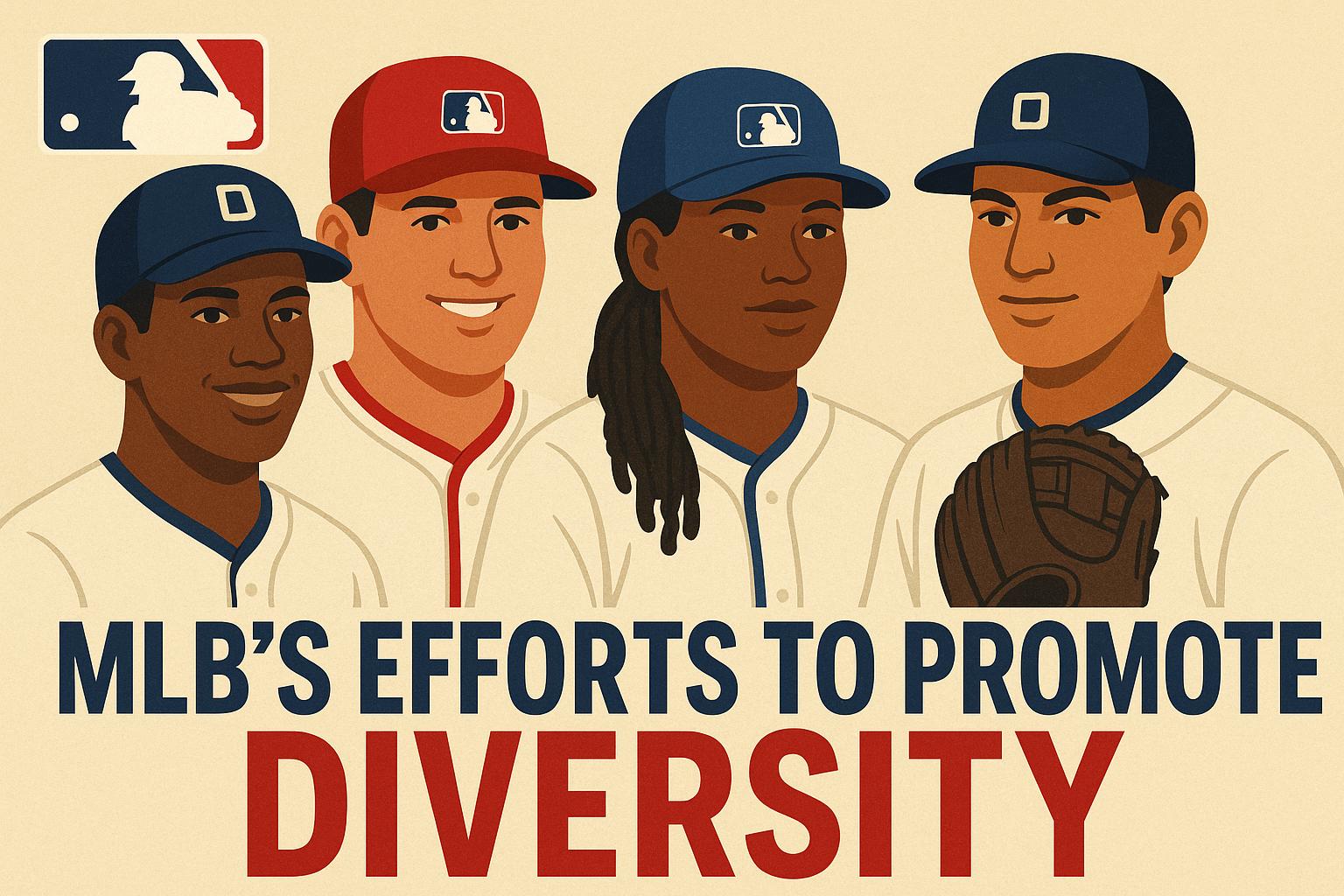Introduction
Major League Baseball (MLB) holds a notable position not only in the realm of sports entertainment but also as a cultural and economic powerhouse in the United States. The influence of MLB transcends beyond the ballpark, playing a crucial role in stimulating diverse economic activities within the communities that host these teams. To fully appreciate the economic significance of MLB, one must delve into the multitude of sectors that the sport touches and invigorates.
Job Creation
One of the primary economic benefits brought forth by Major League Baseball is its role in job creation. The operational demands of MLB franchises offer a plethora of direct employment opportunities. These positions include, but are not limited to, the players themselves, the coaching staff, groundskeepers responsible for maintaining the playing field, and various administrative and support roles within the organization. The stadium, acting as a central hub of activity, becomes a micro-economy in its own right, employing a sizable workforce to manage the events that occur within its walls.
Beyond these direct employment avenues, the impact of MLB ripples outwards, stimulating job growth in connected sectors. The influx of fans and visitors to a city for game days generates demand for additional workers in hospitality and transportation industries. Local restaurants, bars, and hotels ramp up staffing to accommodate the increased patronage, while local transit systems see a rise in utilization, necessitating more employees to ensure efficient service. In essence, the presence of an MLB team propels indirect employment, underpinning the economic framework of the host city.
Local Business Revenue
With baseball being an integral cultural event, it naturally attracts fans from various walks of life. This extensive demographic diversity translates into significant consumer spending, directly benefiting the local economies surrounding MLB stadiums. On game days, businesses in the vicinity report a spike in sales activity, as increased foot traffic fuels higher consumption.
Restaurants and bars, in particular, enjoy a swell in patrons, as game attendees often choose to enjoy a meal or drinks before heading to the stadium or after the final innings have concluded. Additionally, retailers stocking team merchandise see a surge in sales, notably those positioned near stadiums or within main fan gathering spots. This commercial activity provides a persistent economic boost, driving business growth within the hosting area.
Tourism Appeal
Beyond the regular season games, Major League Baseball serves as a magnet for tourism, attracting visitors from outside the local community. Fans traveling from afar contribute economically by occupying local hotels and exploring the city’s attractions. Special MLB events, such as the All-Star Game or the World Series, amplify this effect. During these events, accommodation facilities often run at full capacity, and tourist attractions experience higher visitor numbers, resulting in a financial windfall for the local hospitality and tourism sectors.
Infrastructure Development
The presence of an MLB team often acts as a catalyst for substantial infrastructure development and urban renewal. The construction of new stadiums or the revitalization of existing ones does more than house sporting events; it can rejuvenate entire neighborhoods. Modern stadiums are frequently accompanied by new public spaces that the community can utilize, thereby enhancing the area’s overall livability and appeal.
Moreover, improvements in infrastructure—such as upgraded roads, enhanced public transport connections, and other urban amenities—are frequently funded through collaborations between public bodies and MLB investments. These projects not only enhance the immediate game-day experience for fans but also provide lasting benefits to residents, contributing to the quality of life improvements in the locality.
Tax Revenue
Major League Baseball also serves as a robust source of tax revenue for local governments. This revenue stream flows from multiple channels, including the taxable salaries of players, sales taxes on tickets and team merchandise, and the taxes collected from local establishments that benefit from game day crowds. The financial inflow from these taxes offers local authorities the resources to invest back into essential community services, such as education systems, public safety initiatives, and healthcare facilities.
Potential Concerns
Despite the evident economic rewards associated with hosting an MLB team, potential concerns must be addressed with diligence. Communities sometimes face the financial burden of subsidizing the construction and ongoing maintenance of stadiums. Without careful financial management and strategic planning, these costs can overshadow the economic benefits that a team brings to the area.
Furthermore, the inherent seasonality of Major League Baseball means that the economic advantages it presents are subject to fluctuation. Businesses that heavily rely on game-day clientele may experience variability in revenue, which can pose challenges during the off-season months. Thus, a comprehensive approach is necessary to maximize the long-term positive impact of MLB on local economies.
Conclusion
The economic influence of Major League Baseball on local communities is indisputable. Through job creation, boosted business revenues, tourism influx, and significant tax contributions, MLB teams act as economic engines in their respective cities. However, to ensure that this influence remains largely beneficial, it is imperative that stakeholders conduct thoughtful assessments of potential costs, engage in sustainable urban planning, and foster strategic partnerships.
The equilibrium between public investment and tangible community benefits must be carefully maintained. By strategically navigating the complexities of incorporating MLB within urban and economic landscapes, cities can enhance their prosperity while retaining the cultural and entertainment value that baseball brings.
